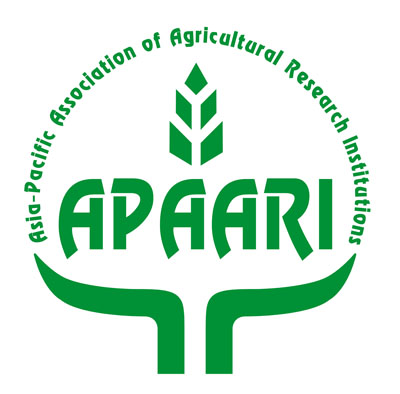Gene Editing is a new tool which has potential applications in both agriculture and human health.
Genome-editing has a revolutionary role in agriculture. It can create plants which are efficient in producing higher yields ensuring resistant to droughts, pests and other insect attacks and plant diseases, as well as nutritionally enhanced traits. That provides a greater stimulant for plants to survive extreme weather patterns.
Today, the world needs superior quality food surplus to meet consumer requirements as well as match average nutritional needs. Unfortunately, conventional breeding cannot keep pace with the challenges of unforeseen incidences involving, biotic and abiotic stress, pest attacks, inadequate climatic conditions, droughts and so on while maintaining food and nutritional security. This is due to inherent lacunae in the process of identifying the right variants in the germplasm as well as the time is taken for breeding the desired traits together.
Hence, researchers are widely involved in testing the potential of CRISPR-Cas9 to eliminate food shortage concerns for both consumers and growers. Reduced-gluten wheat, non-browning mushroom, low-fat soybean, more resilient banana crop etc. are few advancements brought by gene editing that enlightens our hope for a much healthier population.
Also, FDA approval to gene-edited soybean and camelina oil quality through targeted mutagenesis serve as a base to hold high hopes in technology to create much nutritious and balanced food in the consumer market.
CRISPR has potential impacts on yield multiplication, taste enhancements, nutritional improvisations, disease tolerance and many other traits, making a crop more resilient, nutrient-fortified and versatile. It also takes manifolds less time to develop crops with high yield, lessening the burden on farmers.

